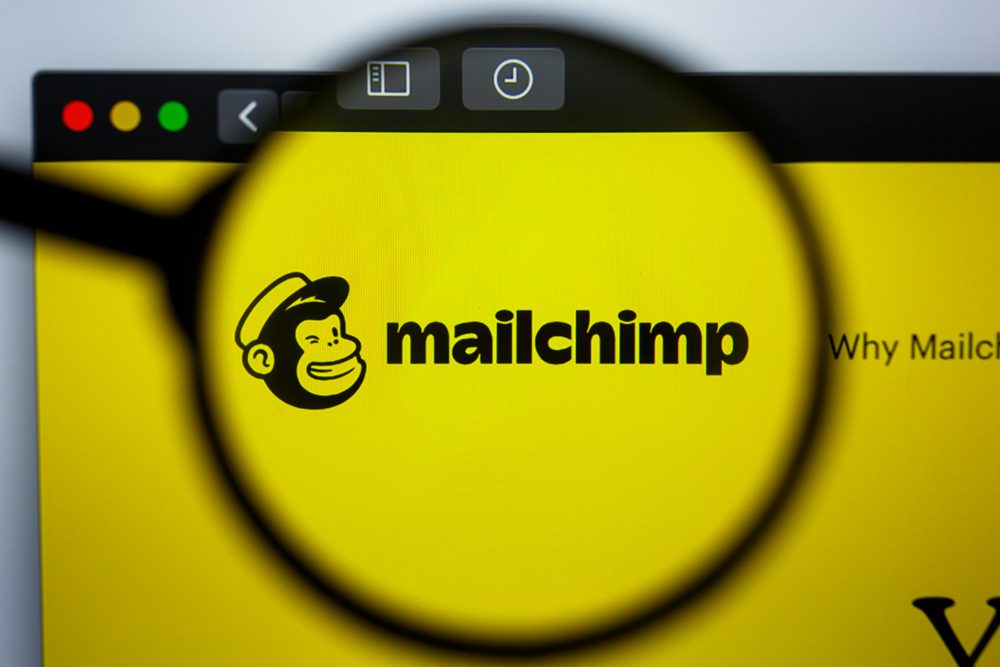
Adding Mailchimp To WordPress Blog Posts
Mailchimp is a famous marketing platform that has features for surveys, lead generation, and newsletter management. If you are interested in using this platform on your site, there are ways to incorporate it. You can use this tool on your WordPress website by default or through plugins from 3rd parties. Here are some of the options that will give you an idea of how to do so:
Utilizing Mailchimp Gutenberg Block
The easy way of using the Mailchimp tool in your WordPress is by utilizing the new block editor. The modern and new WordPress site utilizes the block editor. Any user utilizing WordPress.org must update it at some point. The block for MailChimp comes from the Jetpack suite of plugins, which is available on the WordPress.com sites. It is important to jetpack for your website if you are planning to add it to your WordPress.org website. Yes, jetpack has a variety of great features, but we believe the free plan is enough.
Whenever you plan on utilizing the Mailchimp block, you just need to add it. You need to look in the blocks list for Mailchimp and proceed in adding it to your post at your preferred time. You can also start customizing some of the block’s elements. The things that could be changed include the placeholder text present in the form box of the email, any disclaimers or ToS, the text present on the submitting button, the error message that appears during problems, and the success message user insert their email address.
Utilizing The Official Mailchimp Plugin
Mailchimp features an official plugin that is meant for WordPress. This plugin is called the “list subscriber form.” It enables you to add a widget of the sign-up form, which is alike to how you can include a block along with a sign-up form in it. It is only for websites that utilize older modes of WordPress and don’t utilize the Gutenberg Editor.
Emailing Newer Posts To The Newsletter Subscribers
Here, you need to first locate your RSS feed. It will usually be at “yourdomain.com/feed/ through default, although you can locate the narrower feeds of specific tags, categories, and authors. Now you need to make a campaign on your Mailchimp. You will find this option under the given “Automated tab.” It is titled “Share Blog Updates.” You can configure this choice as you like. It will ask for your RSS feed here, so you need to proceed in pasting the feed’s URL.
You can pick the time and date for sending out the updates. You can proceed to fill up the information of the campaign. Here, you will require things such as the name, the email’s subject line, preview text, etc. For your email subject, it is possible to utilize wildcards, which pulls info from the RSS feed for populating it.
Now you can utilize a variety of templates from Mailchimp to design your email. The RSS items are the key elements that you need to pay close attention to. Start dragging these in to let your email pull all the information from the RSS feed. Once you create your template, you can proceed to add any extra texts, your logo, a block of the social media links, along with additional content and information of your choice.
Using Another WordPress Login
If you are not a fan of the official plugin for Mailchimp, then there are a ton of alternatives to pick from. Most of them usually possess more updates, features, and compatibility with modern WordPress.
Mailchimp for WooCommerce
It consists of another Mailchimp official plugin with its last update being a month ago. But it mostly focuses on storefronts instead of blogs. It consists of integration between WooCommerce and Mailchimp. It tends to harvest the data information on your customers whenever they make purchases and inserts their contact info into your contact managing system and mailing lists. Plus, it also makes that data information present for use in social media advertising powered by Mailchimp.
Easy Forms For Mailchimp
This plugin from Yikes consists of an easy step for accessing the form builder of Mailchimp without needing to go via Mailchimp. You can easily create new forms within the dashboard of your WordPress. You can also embed them in the place of your choice.
Mailchimp Forms
This form plugin comes from MailMunch and is quite similar to the easy forms. It enables you to create new forms through WordPress for use on your storefront or WordPress blog. It has multiple form setups and templates for you to enjoy. It is super useful and acts as a shortcut.
MC4WP
The Mailchimp for WordPress or MC4WP consists of a popular plugin from ibericode. It performs everything that you would expect from a top-notch Mailchimp plugin. It integrates with tons of other plugins like Gravity Forms, Contact Form 7, BuddyPress, WPForms, MemberPress, and many more. It is up to date, widely used, and compatible with the recent versions and modes of WordPress.




